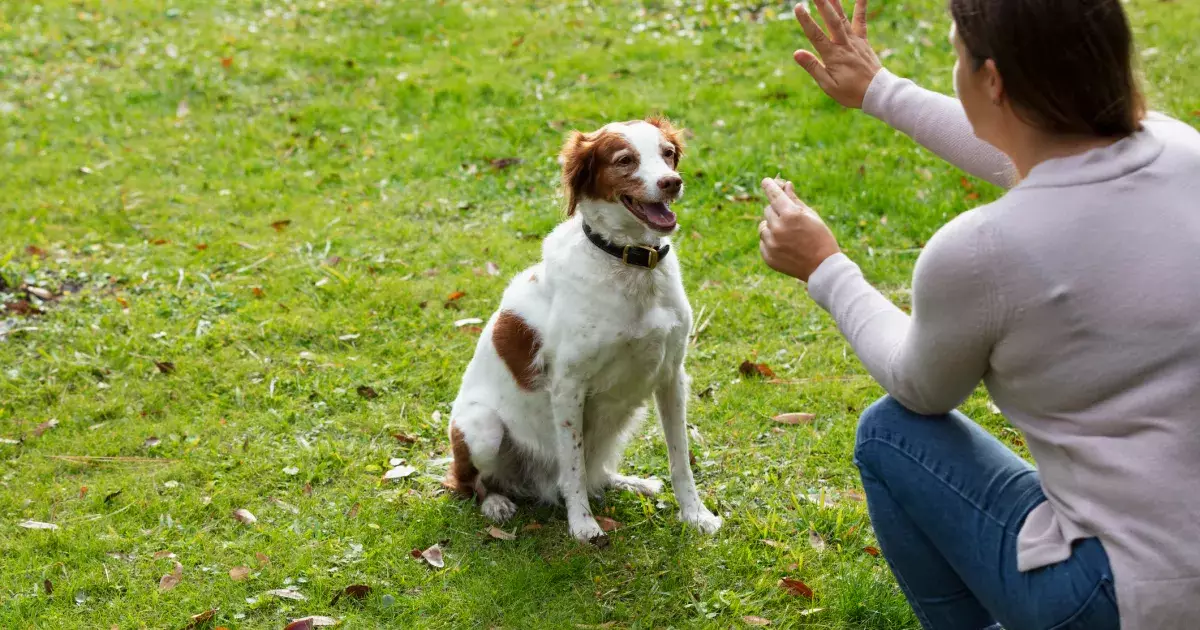Training a deaf dog can seem overwhelming at first, but using the right methodical approaches transforms what could be a challenging experience into a deeply rewarding journey for both you and your pet. Deaf dogs are no different from their hearing counterparts when it comes to intelligence and the ability to learn. This article delves into effective strategies, innovative tools, and the principles of communication necessary to establish a solid training foundation for your beloved companion, enhancing your relationship while fostering obedient behavior.
Understanding Deafness: A New Perspective on Communication
To successfully train a deaf dog, you must first understand the nuances of their disability. Deafness alters how they perceive the world, making sound-based communication impossible. This reality prompts dog owners to shift their focus toward visual forms of communication. The good news is that dogs naturally rely heavily on visual cues, making the transition smoother than one might expect. By incorporating clear visual signals, movements, and even tactile feedback into your training regimen, the communication gap created by deafness can easily be bridged.
One of the primary techniques for training is the consistent use of clear hand signals. Think of these hand signals as a visual language, fundamental for all commands. For instance, raising your open hand can signify “sit,” while a downward sweeping motion can indicate “down.” It’s crucial to maintain consistency so that your dog can correctly interpret your cues. To reinforce each command, pairing it with a treat or positive interaction helps solidify the behavior in your dog’s mind.
In addition to hand signals, consider implementing other visual methods such as colored flags or illuminated devices. For instance, attaching a flag to a stick can provide a visual cue for your dog to touch it, while a flashing light could alert them that it’s mealtime. These solutions create a multisensory training experience that enhances your dog’s comprehension of the commands.
Deaf dogs may not respond to verbal commands, but you can still capture their attention through vibrations. This can be achieved simply by gently stomping your feet or using a specialized vibrating collar. These vibrations can serve as a signal to redirect their focus, especially in distracting environments. When employing this technique, always follow up with a visual cue to create a clear and reinforced understanding.
Positive Reinforcement: Motivation and Connection
Positive reinforcement remains vital in training any dog, and deaf dogs are particularly responsive to rewards such as treats and affection. Choosing high-value treats, preferably something soft and tasty, can make a significant impact during training sessions. When your dog correctly follows a command, ensure the reward is immediate. Coupling the treat with a complementary visual signal, like a thumbs-up, helps reinforce the behavior and solidify their understanding of the desired actions.
In addition to food-based rewards, consideration should be given to the power of play and affection. Engaging your dog in games they love while integrating training commands serves a dual purpose. It not only makes the training session enjoyable but also fosters a sense of camaraderie, deepening the bond between you and your pet.
Several tools have emerged as effective aids in training a deaf dog, and recognizing their utility can enhance the overall experience. One such tool is the vibrating collar, which emits a gentle vibration to garner attention. This allows for a non-invasive way to communicate commands without the need for sound.
Visual clickers are another gadget worth considering. Unlike traditional clickers that produce a sound, these devices emit a visual flash. Pairing this flash with a treat offers an efficient method for marking positive behavior. Furthermore, developing a simple version of sign language tailored for your dog can yield impressive results. Whether using American Sign Language or creating unique gestures, consistency in the signs to be used across all training partners ensures clarity in communication.
Training a deaf dog necessitates a blend of patience, adaptability, and consistency. Each dog possesses unique traits and personality attributes that may influence their learning process. Tailoring your techniques to suit your dog’s specific needs reduces frustration and enhances their learning capacity. Remember that not every strategy will work for every dog; be pliable in your approach and observe what methods resonate best.
While training a deaf dog may present distinct challenges, employing visual cues, positive reinforcement, and specialized tools can pave the way for successful communication and bonding. With dedication and understanding, you can nurture a profound relationship with your deaf furry friend, ensuring they thrive both at home and in social situations. Embrace this rewarding journey, and watch your pet flourish as they learn and grow alongside you.

